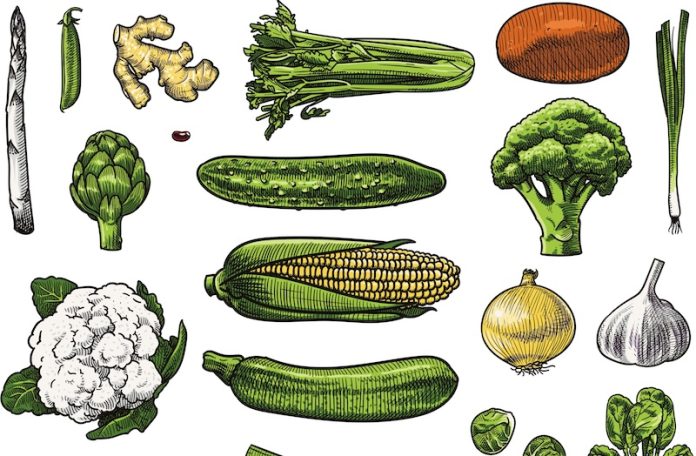
Maintaining stable blood sugar levels can be a critical part of managing diabetes and enhancing overall health.
Recent research has shed light on various foods that help keep these levels consistent, benefiting everyone, especially those with diabetes or at risk of developing it.
Blood sugar, or glucose, is our body’s main source of energy and comes from the food we eat. However, not all foods affect blood sugar levels in the same way.
Foods high in sugar or carbohydrates can cause blood sugar levels to spike rapidly, while others can help maintain them at a stable rate. Understanding which foods have minimal impact on blood sugar levels can help in making healthier eating choices.
Proteins are among the best options for stabilizing blood sugar. Foods rich in protein, such as chicken, fish, tofu, and legumes, do not contain carbohydrates, which means they have little to no direct impact on blood sugar levels.
A study published in the American Journal of Clinical Nutrition highlighted that diets with a higher protein intake could improve blood sugar control in individuals with diabetes by slowing the absorption of sugar during digestion.
Fats are another group that does not directly raise blood sugar levels. However, it’s crucial to choose healthy fats. Sources like avocados, nuts, seeds, and olive oil not only contribute to feeling fuller longer but also benefit heart health without affecting glucose levels.
Research in the Diabetes Care journal indicates that a diet high in monounsaturated fats can improve blood glucose control and lipid profiles in those with type 2 diabetes.
Fiber-rich foods also play a significant role in managing blood sugar. Fiber, especially the soluble type found in apples, oats, carrots, and beans, slows down the digestion and absorption of carbohydrates. This slowing down helps prevent sudden spikes in blood sugar levels.
According to the Journal of Nutrition, high fiber diets are associated with improved glycemic control in diabetic patients.
Some specific types of vegetables, particularly non-starchy ones like leafy greens, cucumbers, and bell peppers, are excellent for maintaining low blood sugar levels. These vegetables are high in fiber and nutrients while being low in carbohydrates, which makes them ideal for blood sugar management.
A study in the British Journal of Nutrition discussed how increasing the intake of green leafy vegetables could reduce the risk of type 2 diabetes.
Among fruits, those with lower glycemic indices are preferable for keeping blood sugar in check. Berries, cherries, apples, and pears, which are lower in sugar and high in fiber, can be part of a diabetes-friendly diet without causing significant glucose spikes.
Vinegar and lemon juice are notable mentions due to their ability to lower the glycemic index of foods they are paired with. Incorporating them into meals can reduce the overall impact on blood sugar levels.
Research has shown that vinegar can improve insulin sensitivity after meals in people with insulin resistance or type 2 diabetes.
While managing food intake to control blood sugar is beneficial, it’s essential to consider the overall dietary pattern. Combining these low-impact foods in a balanced diet, rich in nutrients and low in processed foods and sugars, can maximize health benefits and improve blood sugar control.
In conclusion, understanding and choosing the right foods can significantly affect blood sugar management. Incorporating a variety of proteins, healthy fats, fiber-rich foods, non-starchy vegetables, and low-glycemic fruits into your diet can help maintain stable glucose levels.
Such dietary choices, supported by scientific research, offer a practical approach to preventing the sudden highs and lows in blood sugar, crucial for long-term health and well-being.
Follow us on Twitter for more articles about this topic.
Copyright © 2024 Scientific Diet. All rights reserved.





